Crop rotation
Donna
15 years ago
Related Stories
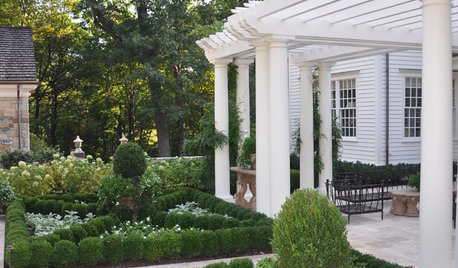
GARDENING AND LANDSCAPINGCream-of-the-Crop Vegetable Gardens
Both trendy and traditional, these inspired potager designs turn the everyday vegetable garden into art for your landscape
Full Story
GARDENING GUIDESOrganic Matters: Thwart Insect Pests With Trap Crops
Add a few sacrificial plants to your garden to lure insects away from the harvest
Full Story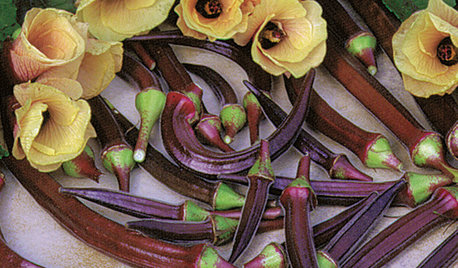
GARDENING GUIDESSummer Crops: How to Grow Okra
Go for the gumbo with this quick-growing edible that brings colorful pods and delicate flowers to a summer garden
Full Story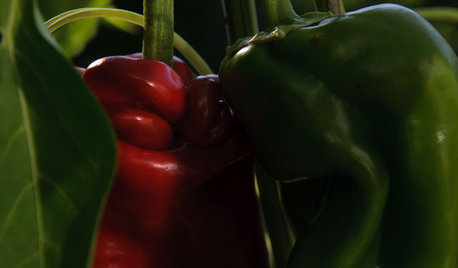
GARDENING GUIDESSummer Crops: How to Grow Peppers
Some like 'em hot; others like them sweet. With the incredible range of peppers available for home gardens, you can have your pick
Full Story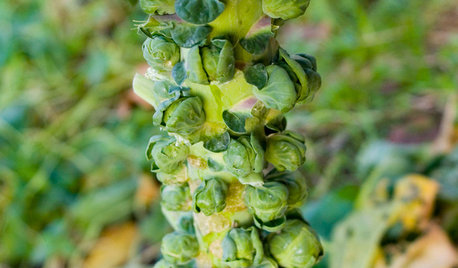
COOL-SEASON CROPSCool-Season Vegetables: How to Grow Brussels Sprouts
If you love 'em (you know who you are), fall and spring are the right times for planting these veggies in your edible garden
Full Story0
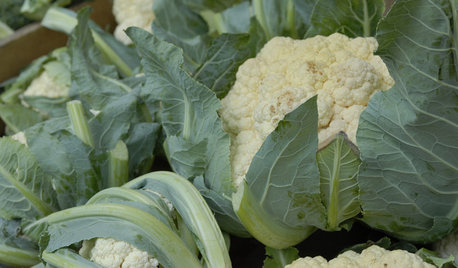
GARDENING GUIDESCool-Season Vegetables: How to Grow Cauliflower
It may be fussy about growing conditions, but the taste of cauliflower fresh from your fall garden is worth the effort
Full Story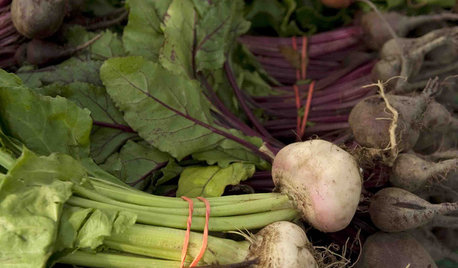
FARM YOUR YARDCool-Season Vegetables: How to Grow Beets
Give canned versions of this fall and spring garden favorite the heave-ho and discover its true flavor and colors
Full Story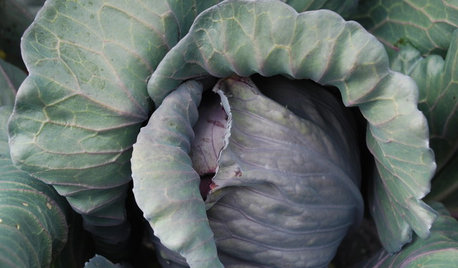
COOL-SEASON CROPSCool-Season Vegetables: How to Grow Cabbage
Give soups and stews an unbeatably fresh flavor with this ever-popular fall garden favorite
Full Story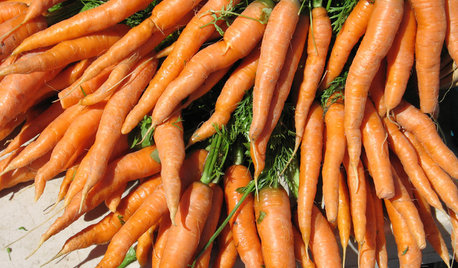
COOL-SEASON CROPSCool-Season Vegetables: How to Grow Carrots
More than just a bunny food, easy-to-grow carrots add lacy good looks to a fall or spring garden
Full Story
FARM YOUR YARDHow to Grow Vegetables in Containers
Get glorious vegetables and fruits on your patio with a pro’s guidance — including his personal recipe for potting mix
Full StorySponsored






ninjabut
natal
Related Professionals
Essex Landscape Architects & Landscape Designers · Glen Ellyn Landscape Architects & Landscape Designers · Kapaa Landscape Architects & Landscape Designers · Edmond Landscape Contractors · Alamo Landscape Contractors · Biloxi Landscape Contractors · Dallas Landscape Contractors · Fairview Landscape Contractors · Milford Landscape Contractors · Setauket-East Setauket Landscape Contractors · Shoreview Landscape Contractors · St. Louis Landscape Contractors · Wallingford Landscape Contractors · Glenn Heights Swimming Pool Builders · Sunny Isles Beach Swimming Pool BuildersDonnaOriginal Author
mmqchdygg
DonnaOriginal Author
marcy3459
DonnaOriginal Author
organic_tx_gardener
Bogart
mmqchdygg
DonnaOriginal Author
mmqchdygg
organic_tx_gardener
jnfr
diggity_ma
lavender_lass
DonnaOriginal Author